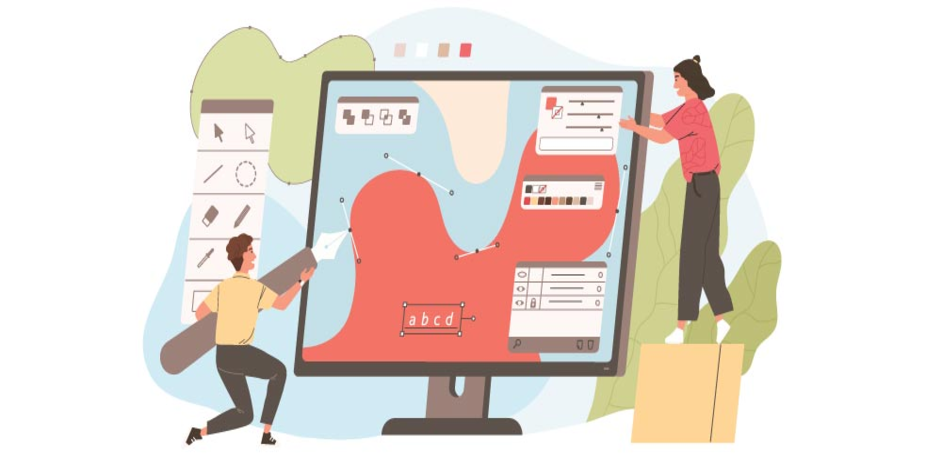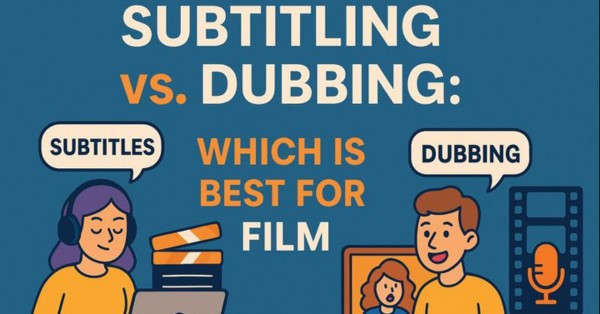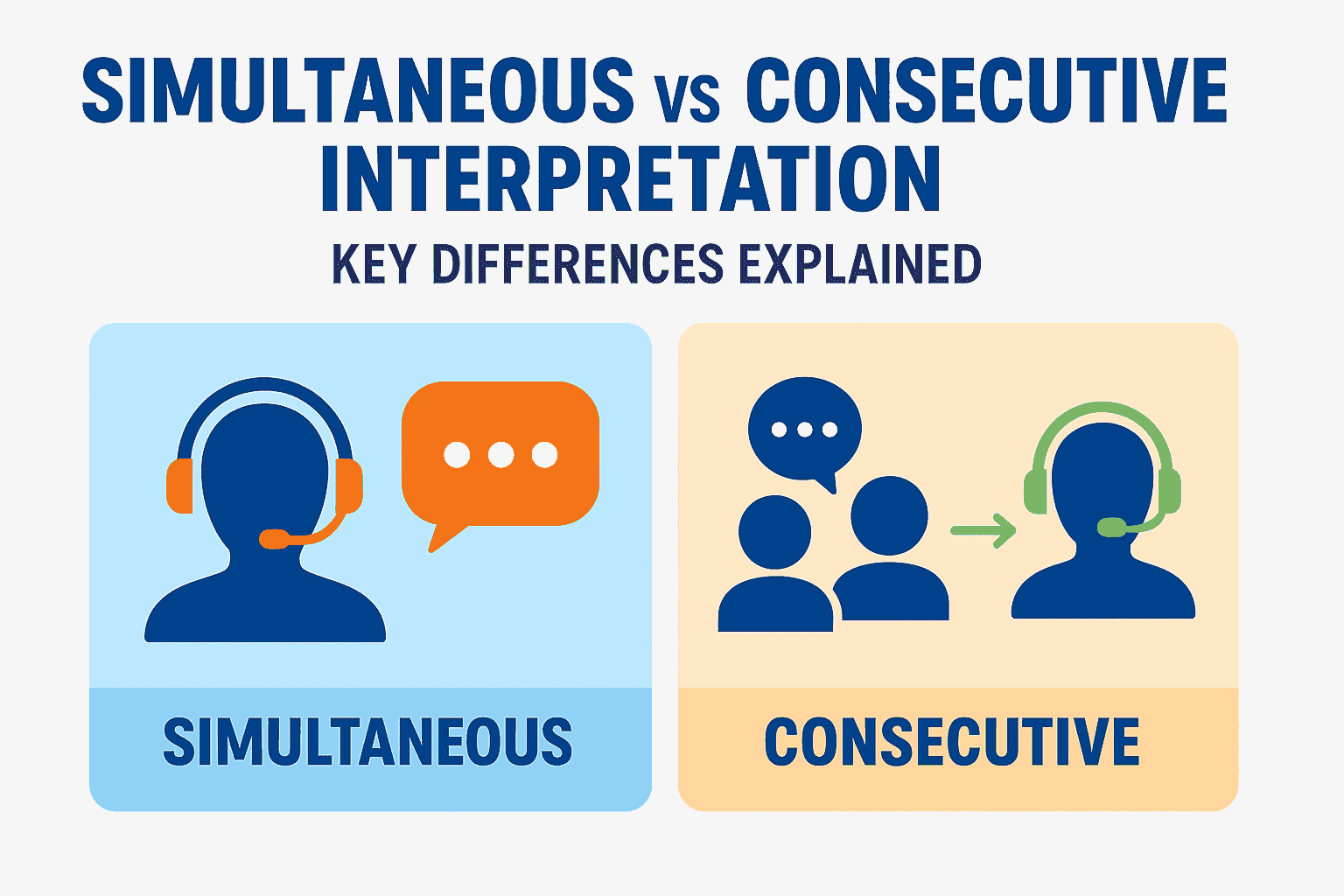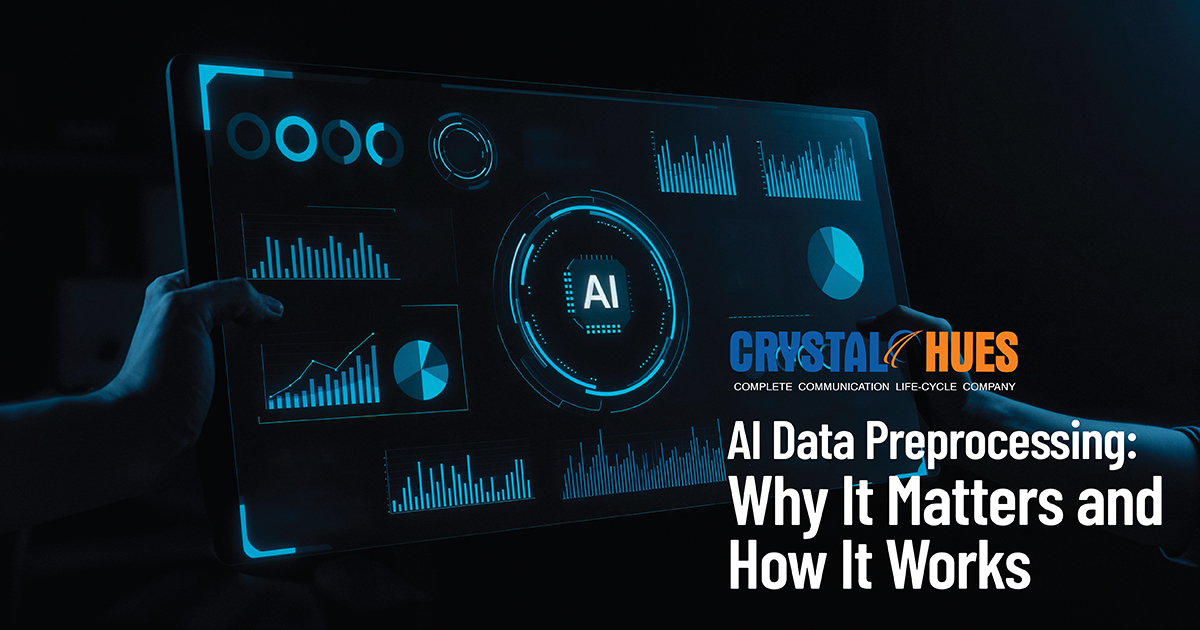
What Is Data Annotation, And What Are The Benefits?
The practice of marking data that is available in different formats, such as text, video, or photographs, is known as data annotation. As per Crystal Hues, one of the best Annotation Agency in India, labeled data sets are necessary for supervised machine learning so that the computer can simply and clearly interpret the input patterns.
Additionally, data must be carefully annotated with the appropriate tools and methods in order to train the computer vision-based machine learning model. Additionally, a variety of data annotation techniques are employed to produce these data sets for these purposes.
What do AI and machine learning mean by data labeling?
Data labeling is the process of adding tags to data, such as text or objects in movies and images, to help computer vision recognize them and use them for training AI models using machine learning algorithms for accurate predictions.
Labeling mainly consists of adding information or relevant tags to make the texts more informative and meaningful so that machines can interpret them. The labeling of texts and images is normally done for machine learning training, but annotation is now also employed for the same reason, as per the experts of Annotation Agency in India.
What exactly is data annotation, and what benefits can it offer?
One of the most rapidly developing disciplines of technology, AI, and machine learning are bringing about incredible advancements that benefit numerous industries worldwide. And a sizable number of training data sets are needed in order to construct such automated applications or computers.
The objects in these data sets are made identifiable to computer vision for machine learning using an image annotation technique. Additionally, this annotation method offers advantages to other stakeholders in addition to the AI field. The benefits of data annotation in several sectors will be discussed below.
• Analytics offers data annotation services.
• To determine and act, a model needs to be taught to grasp certain facts.
• Data annotation is the process of classifying products and labeling images for AI applications.
What Kinds of Data Annotation Services Are There?
Each algorithm for machine learning is distinct. Similar to how models differ in terms of the algorithms they employ and the industries they serve, data annotation services employ a variety of tools, methodologies, and professional annotators to complete their work.
The majority of the training data will be presented as text, audio annotation, video, or still images. For Annotation Agency in India, analytics offers top-notch data annotation services.
Although there are many different kinds of picture annotation techniques, only a handful of them is employed in the field. To make the forecast accurate, let's find out which one is popular and which one is appropriate for various perception-based models.
• Box Annotation for Bounding
Bounding box annotation is the process of drawing a rectangle around an object in an image that corresponds to its geometry so that it is fully visible. For machine learning and deep learning, the annotation of objects is done using 2D and 3D bounding boxes.
• Semantic division
Semantic segmentation is the process of examining photographs to identify the borders of regions that could be classified as belonging to a particular class of object. Semantic segmentation, to put it simply, is a technique for examining digital images to identify the borders of regions that could be classified as belonging to a particular item class.
• Historic Annotation
Significant points at certain locations must be marked as landmarks by the labeler. These labels are widely applied in applications for counting, gesture, or facial recognition. Counting applications employ keypoint annotation to specify the target object's density within a scene.
• Annotation of Polygons
Picking a series of x and y coordinates along an object's edges is a precise technique for polygon annotation. Polygon annotation can thus have pixel-perfect accuracy while also being incredibly flexible and adaptable to many shapes.
• Annotation in Polylines
With the Polyline annotation, you can annotate a page with forms and outlines that have any number of sides. A polyline can have an open end or side, unlike a polygon, which cannot. Holding down the Shift key while drawing allows you to draw straight, angled, or 45-degree lines. After a shape has been placed, it can be resized by sliding any of the resized handles on the form's vertices.
• Annotation of a 3D Cuboid
Similar to 3D cuboid annotation, bounding boxes provide additional in-depth details about the object. In order to create a 3D representation of an object, 3D cuboids may be employed, which enables systems to recognize attributes like volume and location in 3D space.
• Annotation for LIDAR
Lidar annotation identifies anatomical or structural regions of interest, producing precise datasets that reveal the shape of objects of different sizes and enabling machine learning algorithms to identify minute images.
• Annotation for a 3D Point Cloud
3D point cloud annotation makes it possible to examine an object for complete identification and categorization while getting the dimensions correct.
What Benefits Do Data Annotations Offer?
Annotating data helps the machine learning algorithm be accurately taught through supervised learning for the right prediction. However, there are a few benefits that you should be aware of in order for us to comprehend its significance in the field of AI.
A top grade annotation Agency in India like Crystal Hues, offers a complete data annotation service for AI and machine learning. It uses a variety of methodologies for text, video, and image annotation, depending on the needs of the clients.



